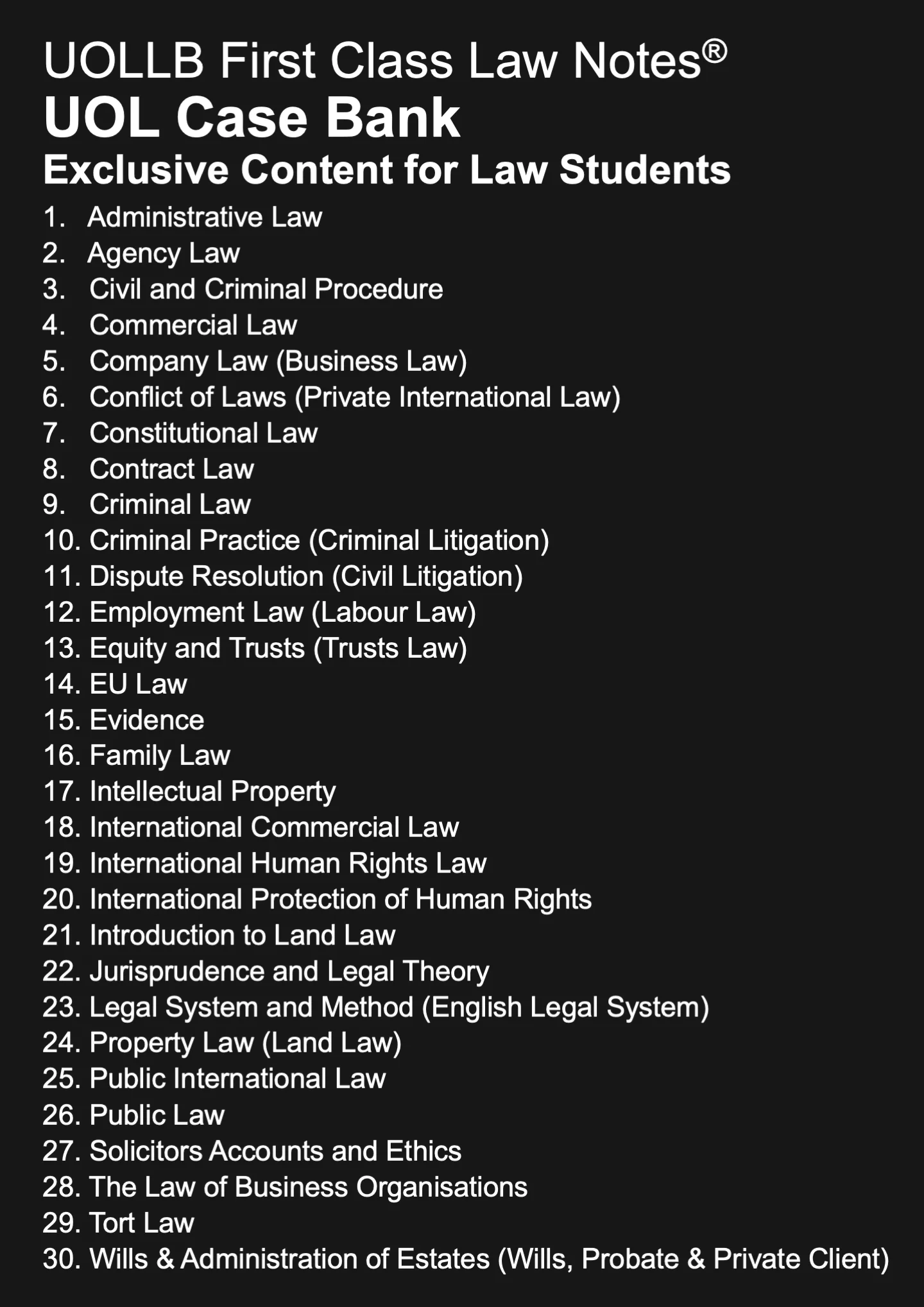Law of International Treaties
Share
The law of international treaties, also known as treaty law or the law of treaties, governs the formation, interpretation, application, and termination of treaties between states. Treaties are binding agreements entered into by states or other international entities, and they play a fundamental role in the development of international law and the regulation of relations between states.
Formation: Treaties are typically formed through a process of negotiation and consent between the parties involved. The consent of states to be bound by a treaty can be expressed through various means, such as signing, ratifying, or acceding to the treaty. Treaties can be bilateral (between two parties) or multilateral (involving multiple parties).
Obligations: Treaties establish rights and obligations for the parties involved. These obligations can vary widely, covering areas such as human rights, environmental protection, trade, disarmament, or territorial boundaries. Parties to a treaty are expected to comply with their obligations in good faith.
Interpretation: The interpretation of treaty provisions is guided by the principles set forth in the Vienna Convention on the Law of Treaties (1969), which is a widely recognised treaty governing the law of treaties. These principles include giving ordinary meaning to treaty terms, considering the context, and taking into account the object and purpose of the treaty.
Application: States are responsible for implementing and applying the provisions of treaties within their domestic legal systems. This may involve enacting domestic legislation, creating regulatory frameworks, or taking other necessary measures to fulfil their treaty obligations.
Amendment and modification: Treaties can be amended or modified by agreement of the parties. This typically involves a formal process of negotiation and consent. Amendments may require specific ratification procedures or entry into force conditions.
Termination and withdrawal: Treaties can be terminated through various means, including expiration of the treaty term, mutual agreement, material breach, or withdrawal by one of the parties. The process for termination or withdrawal is typically specified within the treaty itself or governed by customary international law.
Dispute settlement: The law of international treaties provides mechanisms for the settlement of disputes arising from treaty violations or disagreements over interpretation. These mechanisms can include negotiation, mediation, arbitration, or recourse to international courts or tribunals.
The law of international treaties is an essential component of the international legal framework, as it regulates the rights and obligations of states and helps maintain stability, cooperation, and predictability in international relations. Treaties are binding legal instruments that contribute to the development and enforcement of international norms and standards.
Formation: Treaties are typically formed through a process of negotiation and consent between the parties involved. The consent of states to be bound by a treaty can be expressed through various means, such as signing, ratifying, or acceding to the treaty. Treaties can be bilateral (between two parties) or multilateral (involving multiple parties).
Obligations: Treaties establish rights and obligations for the parties involved. These obligations can vary widely, covering areas such as human rights, environmental protection, trade, disarmament, or territorial boundaries. Parties to a treaty are expected to comply with their obligations in good faith.
Interpretation: The interpretation of treaty provisions is guided by the principles set forth in the Vienna Convention on the Law of Treaties (1969), which is a widely recognised treaty governing the law of treaties. These principles include giving ordinary meaning to treaty terms, considering the context, and taking into account the object and purpose of the treaty.
Application: States are responsible for implementing and applying the provisions of treaties within their domestic legal systems. This may involve enacting domestic legislation, creating regulatory frameworks, or taking other necessary measures to fulfil their treaty obligations.
Amendment and modification: Treaties can be amended or modified by agreement of the parties. This typically involves a formal process of negotiation and consent. Amendments may require specific ratification procedures or entry into force conditions.
Termination and withdrawal: Treaties can be terminated through various means, including expiration of the treaty term, mutual agreement, material breach, or withdrawal by one of the parties. The process for termination or withdrawal is typically specified within the treaty itself or governed by customary international law.
Dispute settlement: The law of international treaties provides mechanisms for the settlement of disputes arising from treaty violations or disagreements over interpretation. These mechanisms can include negotiation, mediation, arbitration, or recourse to international courts or tribunals.
The law of international treaties is an essential component of the international legal framework, as it regulates the rights and obligations of states and helps maintain stability, cooperation, and predictability in international relations. Treaties are binding legal instruments that contribute to the development and enforcement of international norms and standards.























































